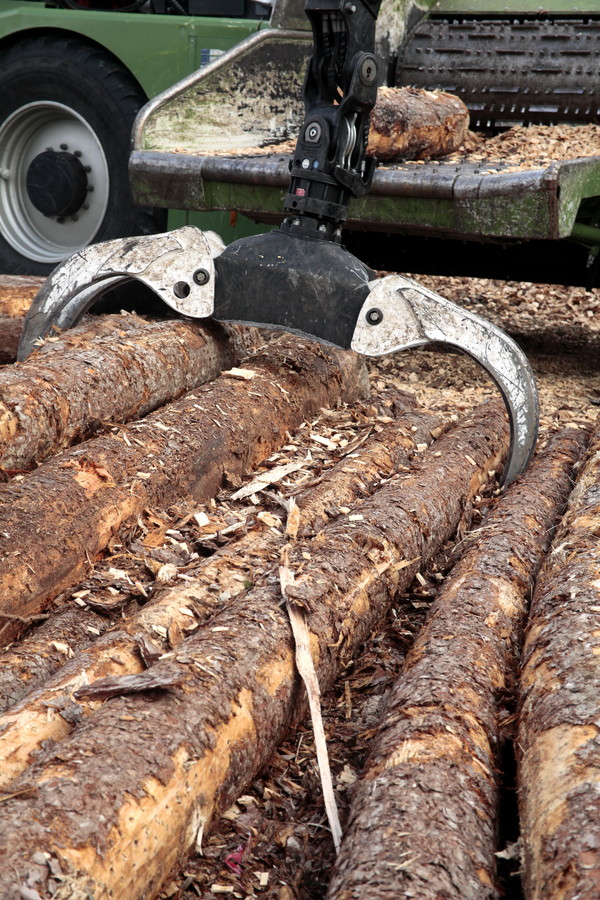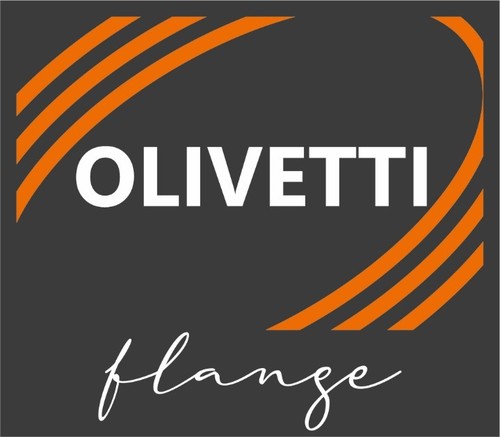
Green Economy: the role of industry in combating climate change
Strategies for reducing greenhouse gases include various types of interventions, including the application of technologies that optimize production processes, significantly reducing energy consumption. Some specific surveys show that the "French model" proves the most efficient in the reduction of energy consumption, but significant results have also been achieved by certain Italian industrial sectors. Overall, Europe has invested heavily to support an increased use of renewable energies
Just over a year ago in Paris, with COP21 we had a clear signal of constructive dialogue between the world of research and the political sphere. The agreement that was signed has indeed led almost all world governments to take strategic commitments in light of scientific evidence regarding the causes, effects and remedies in relation to climate change. The biggest effort will be to “keep the increase in global average temperature well below 2 degrees above pre-industrial levels.” The fact that explicit reference is being made to the pre-industrial era introduces an element of reflection to keep in mind. A major overhaul in producing and exploiting the planet’s resources in a sustainable way is a key element in finding a solution to the many problems related to the climate changes from global warming. A third major player enters the picture, namely industry and technological innovation.
Among the many sectors involved in this dynamic, agricultural mechanization plays an important role, both for innovations that reduce the impacts in the agro-ecosystems and for versatility in the recovery of many types of residual biomass to be reinserted in the productive cycles with high environmental value. In this context, the green economy is certainly the path to follow with determination, encouraging as much as possible all those business ventures that cater to this segment, which has occupied a huge market share in Europe. In Europe, Bioeconomy has far exceeded the value of 2,000 billion euros in annual revenue, providing employment to more than 20 million people (Strategy for “Innovating for Sustainable Growth: A Bioeconomy for Europe”, EC, 2012) and for 2020 it is expected to grow by an additional 40 billion euros, creating 90,000 new jobs in 2020. In Italy, the entire Bioeconomy sector (which includes agriculture, fishing, food and beverage, forestry, the pulp and paper industry, the tobacco industry, the natural fibre textile industry, the pharmaceutical industry and bio-energy) has reached a turnover of 250 billion Euros in 2015, with about 1.7 million employees.
An analysis made by the Symbola Foundation entitled “10 truths about Italian competitiveness” makes it clear that investing in the green economy not only produces environmental benefits, but also strengthens businesses. The benefits identified include: Greater competitiveness in terms of exports. For example, eco-investing manufacturers penetrate foreign markets almost twice as much as the others (46% against 27.7%). The attitude to innovation. 33% of green companies have developed new products or new services, compared with 18.7% of the other companies). Economic solidity. In 2015 the turnover of 35% of companies oriented towards sustainability has grown, against 21.8% of the other companies). Employment. In 2016 the companies that invested in the green economy hired 330,000 employees, representing 44% of total recruitments, seasonal and non-seasonal, planned in industry and services. Among the recruitments in research and development, 66% of the total is represented by green figures, a clear sign of the close relationship between green economy, innovation and competitiveness.
Precisely to better address the economic and environmental crisis of the last decade, Europe has strongly supported the development of renewable energy and efficiency. In this context, the EU countries that have excelled for share of renewables in gross inland consumption are Italy (17.1%), Spain (16.2%), France (14.3%), Germany (13.8%) and the UK (7%). In addition, with regard to the efforts aimed at reducing energy consumption and pollutant emissions, the French production model appears to be the most innovative and efficient in the environmental field, with 93 tonnes of CO2 equivalent per million euros produced (helped in this by nuclear energy), followed by Italy (107), Spain (131), United Kingdom (131) and Germany (154).
The United Kingdom is instead the leading country, among the five major EU economies, with regard to lowest energy input per equivalent product (also because of a more financial than manufacturing economy), with 11.6 tonnes of oil equivalent for million euro product, followed by Italy (14.3 tonnes), France (14.5), Spain (16.8) and Germany (17.7).
Going into the details of specific production sectors, the Italian furniture wood industry, with 9 billion dollars of surplus, is second in the world for trade balance, led only by China (86.3 billion), but ahead of Polish (8.5 billion), Mexicans and Vietnamese (6.2 billion) and German (1.8 bn) competitors. For this sector, Italy is at the forefront in environmental sustainability, using 30 tonnes of oil equivalent (toe) per million Euros produced, compared to an EU average of 68 (the UK consumes 39, France 56, Germany 63 and Spain 101). As a result, there are also lower emissions associated with these production cycles, with 39 tonnes of CO2 equivalent per million Euros, against 50 of the Germans, 52 of the French, 93 of the British and 124 of the Spanish.
As for the manufacturing sector, at the international level only five countries in the world can boast a trade surplus exceeding 100 billion dollars; China (1062.1 billion), Germany (362.3 billion), South Korea (201.8 billion), Japan (174.7 billion) and Italy (103.8 billion). In particular, in the machinery industry, first place for trade balance goes to Germany with 108 billion dollars of surplus, with Italy in fourth place (59.5), separated by China (84.5 billion) and Japan (69.4 billion). Among the most exported products are machines for agriculture and tobacco, those for the food industry, those for processing wood, packaging machines, etc. and amusement rides, particularly valued for their attention to lower power consumption for equivalent performance. In Italy, despite the good performance described above, there is a need to better control the development of the green economy. To this end, for a month (from 22 November to 23 December 2016) the Prime Minister’s Office launched a public consultation to gather views, comments and proposals from the country’s stakeholders to develop a National Strategy for a Bioeconomy that can meet the significant growth potential of this promising sector. FederUnacoma’s attention to these issues is very high, so much so that the recent EIMA International hosted an extensive discussion on the integration of renewable technologies in agribusinesses and agri-food industries, describing some national and foreign success stories. Starting from the analysis of the most significant energy consumptions in the European and Italian agri-food industry, some best practices were presented through which a part or all of the fossil energy consumption has been replaced with renewable sources by integrating different technologies with the agri-food production cycle and achieving energy and environmental benefits.
In conclusion, the exploitation of biomass can provide an extremely significant contribution to tackling climate change. This not only because it replaces products and energy sources of fossil origin, but also because it allows carbon to be stored in well-managed agricultural soils and forests. As stated by Gianni Silvestrini, scientific director of the Kyoto Club, “It’s possible that in the coming years, as was done for forests in the past, an economic value can be given to the carbon stored in soils in the negotiating process on climate. In this way, farmers will be able to have three types of resources available: the produce of the land, the production of energy through biogas, and the economic value of the carbon stored in the soil.”








